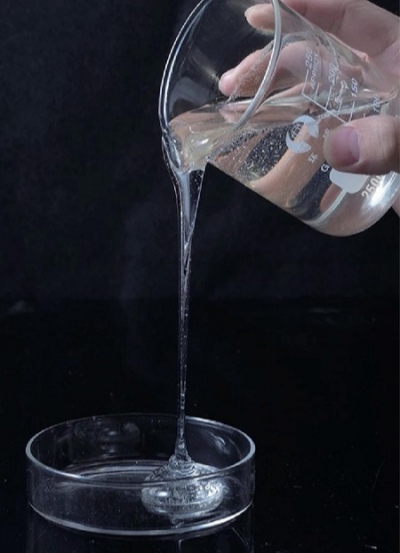Mar. 25, 2024
Hydroxypropyl methylcellulose (HPMC) is a cellulose derivative widely used in various industries such as medicine, cosmetics, construction, and food. The viscosity and light transmittance properties of HPMC are affected by many factors:

The molecular weight of HPMC is affected by the degree of substitution of hydroxypropyl and methoxy groups, which significantly affects its viscosity. Higher molecular weight HPMCs tend to have higher viscosities due to increased chain entanglement and interaction with solvent molecules. Additionally, higher molecular weight HPMC may also exhibit reduced transmittance due to increased light scattering.
The concentration of HPMC in the solution directly affects its viscosity. As the concentration increases, more polymer chains are present in the solution, resulting in an increase in viscosity. Likewise, higher concentrations of HPMC result in reduced light transmittance due to light absorption and scattering by the polymer chains.
Temperature plays a crucial role in determining the viscosity of HPMC solutions. In general, as the temperature increases, the viscosity of HPMC solutions decreases due to reduced chain entanglement and increased molecular motion. However, the specific temperature-viscosity relationship may vary depending on the molecular weight and concentration of HPMC. Temperature changes may also affect the light transmission properties of HPMC solutions due to changes in polymer chain conformation and solvent interactions.
The pH of the solution affects the ionization and hydration of HPMC molecules, thereby affecting their interactions and viscosity. In some cases, changes in pH can lead to the formation of gel-like structures that increase viscosity. The effect of pH on light transmission can also be observed, particularly when changes in pH induce changes in polymer conformation or aggregation.
The choice of solvent or solvent mixture used to dissolve HPMC can significantly affect its viscosity and light transmission properties. Different solvents interact differently with HPMC molecules, affecting their hydration, chain flexibility, and interactions with neighboring molecules. Solvents with higher polarity or hydrogen bonding capabilities may promote stronger interactions with HPMC, resulting in higher viscosity and altered light transmission properties.
The viscosity of HPMC solutions can be shear-thinning, meaning that the viscosity decreases with increasing shear rate. This behavior is typical of polymer solutions and is caused by the alignment and deformation of polymer chains under shear stress. Shear rate-dependent viscosity can influence the flow behavior of HPMC solutions during processing or application. Light transmission properties may also change with shear rate due to changes in polymer conformation and arrangement.
By considering these factors, MATECEL researchers and formulators can better understand and control the viscosity and light transmission properties of HPMC solutions for a variety of applications in industries such as pharmaceuticals, cosmetics, coatings, and building materials.
Shijiazhuang Henggu Jianxin Cellulose Co., Ltd.
Chemical Industrial Park, Xinji City, Hebei Province, China Post Code: 052360
Copyright 2023 Shijiazhuang Henggu Jianxin Cellulose Co., Ltd. All Rights Reserved